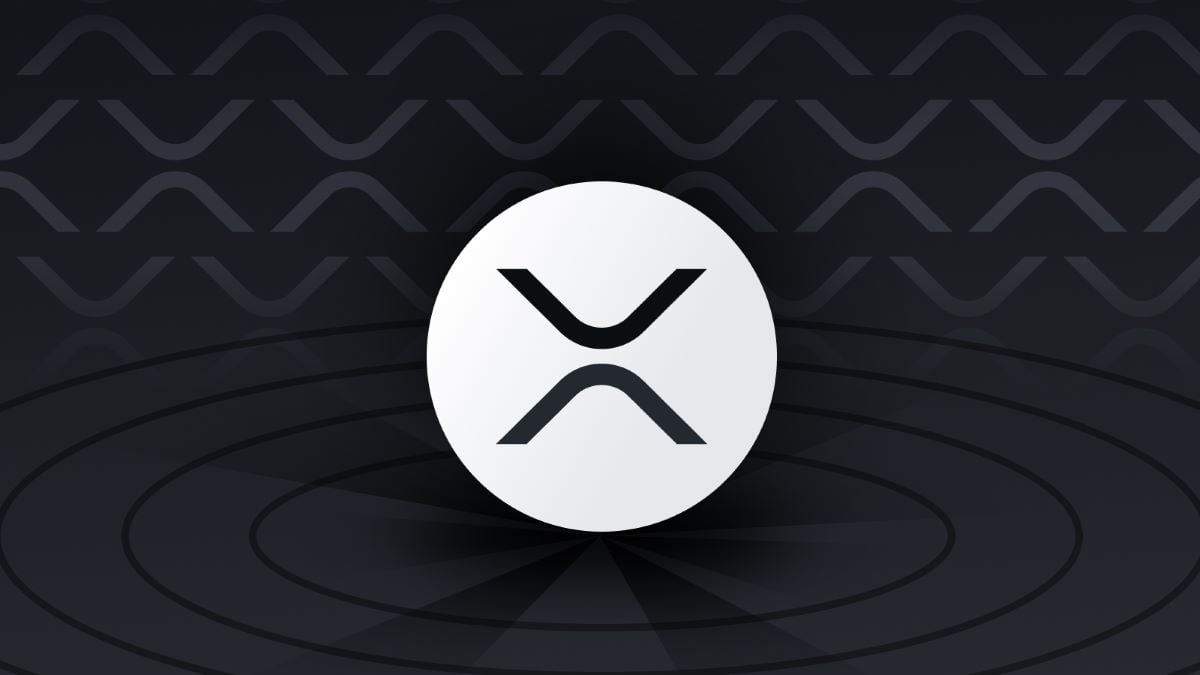- XRP is more scalable than Bitcoin, processing thousands of transactions per second, while Bitcoin handles only a few.
- XRP transactions are significantly cheaper, costing a fraction of what Bitcoin transactions require.
Recently, Matt Hamilton, the former director of Developer Relations at RippleX, stated that XRP has several advantages over Bitcoin, including the ability to scale and cost. In an interview with the Mr. M Podcast, Hamilton explained why Bitcoin has drawbacks and why XRP can become a mass market.
BREAKING NEWS: Matt Hamilton, ex-Ripple Dev, Schools Bitcoin Maxis on Why #XRP better than #BTC! #XRPTheStandard #CryptoRevolution pic.twitter.com/qzXc9U7IT0
— Brett (@Brett_Crypto_X) October 6, 2024
XRP’s Scalability Over Bitcoin
Hamilton highlighted a critical advantage of XRP over Bitcoin which is scalability. He pointed out that Bitcoin has a low throughput, which limits its potential for mass adoption. According to Hamilton, the Bitcoin network can only handle between seven and ten transactions per second, which is not ideal for large-scale cross-border transactions.
Hamilton pointed out that if Bitcoin was the only form of digital currency that people could use for transactions, an individual could only transact twice in their lifetime. While Bitcoin has added solutions such as Layer-2 networks to enhance the network’s scalability, Hamilton argued that the solutions may be a threat to Bitcoin’s decentralization.
On the other hand, XRP’s ledger (XRPL) was created to handle a large number of transactions. A major achievement was the increase in the XRPL’s throughput from 1,500 TPS to 3,400 TPS last year, demonstrating its potential for much higher transaction volumes. According to Hamilton, this difference makes Ripple a better fit for financial systems that need a lot of expansion.
XRP’s Lower Transaction Costs
Another point that Hamilton made was the fact that the cost of transactions between XRP and Bitcoin is different. The fees charged by Bitcoin are relatively high and are likely to rise as mining incentives reduce in the future. Hamilton pointed out that this is a problem since these increasing costs may lead to the exclusion of the average user, meaning that Bitcoin would only be in the control of institutions or high-net-worth individuals.
While XRP has relatively lower transaction costs, this is not the case with the two other cryptocurrencies. The cost per transaction on the XRPL is $0.0002 per transaction, which is a hundredth of a percentage of the cost of a Bitcoin transaction. This low cost makes XRP a more feasible choice and helps support the possibility of increased adoption of the currency. In his remarks, Hamilton pointed out that the price of XRP could be a major factor in its ability to become the leading cryptocurrency for both small and large transactions.
The host of the podcast then asked about the issue of XRP being frozen at some point. Hamilton replied that XRP itself cannot be frozen on the XRP Ledger. He gave an example of Ripple co-founder Jed McCaleb where the freezing of his XRP happened on an exchange, not within the XRPL.
Hamilton said that if McCaleb’s XRP was still on the ledger it would not have been frozen in any way. He noted that such an external action, for example, freezing assets, is not available within the XRPL environment, which strengthens the invulnerability of XRP transactions.














